Alright, if you’re hitting the road in your RV, knowing the basics about your battery is key. Think of the battery as the beating heart of your RV home. Without it, you’ll be cut off from the modern conveniences that make RV life super comfy.
Diving into battery types, you’re mainly looking at two: lead-acid and lithium-ion. Each has its own quirks. Lead-acid batteries are like the old reliable friend, tried and true, but tend to need a bit more TLC. Lithium-ion, on the other hand, offers a powerhouse of energy with less upkeep. They’re like the cool kid on the block but at a steeper price.
There are also AGM batteries that are like lead-acid batteries but with much less maintenance: the need to add distilled water.
Every RV’s needs and wants differ, so understanding how your battery powers your rig’s systems requires checking out your battery specs. The specs? Yeah, those labels with numbers and letters. They tell you if your battery will keep running through a Netflix binge or just the morning cup of joe when off RV shore power.
Getting to grips with these details isn’t just for fun. Proper knowledge helps you avoid running out of juice at a critical moment. Trust in your battery is peace of mind on your road adventures, letting you focus on the view, the drive, and those amazing roadside diners.
Essential Maintenance for Prolonged Battery Life
Keeping your RV battery in tip-top shape isn’t just a good idea; it’s essential for those smooth and worry-free travels. Let’s chat about some simple maintenance routines that can really extend the life of your battery.
Start off with routine inspections. Giving your battery a good once-over every so often can help you catch leaks or corrosion before they become big issues. A clean battery is a happy battery, so make sure to wipe away any dirt or grime. Just a little baking soda and water solution can keep it free from buildups that cause damage over time.
Now, about charging – it’s not just plug and forget. Overcharging can be a sneaky battery killer, so getting to know your charger and using a smart charger can make all the difference. This little device controls the juice flow, preventing overcharging while making sure your battery gets the full charge it needs.
Checking performance might sound tricky, but with a voltmeter, it’s a breeze. You can measure how your battery is holding up with various loads, which will tell you a lot about its health. It’s like a health check-up but for your battery.
Neutralizing chemicals might sound like chemistry class, but it’s an easy fix for a common problem. If you see corrosion (that white, crusty stuff), a little baking soda dissolved in additional water can neutralize it. A simple brush-off and rinse can prevent this from weakening your battery terminals.
Troubleshooting Common Battery Issues
So, you’re facing a battery that won’t behave, huh? Don’t sweat it—most battery troubles can be sorted out with a bit of know-how. Let’s break down some common issues you might run into.
Recognizing the signs of a failing battery is your first step. If your RV lights are dim or your appliances are acting up, it’s time to investigate. A sluggish performance could mean your battery’s nearing its last legs.
Ah, corrosion is the villain behind so many battery woes. You’ll recognize it by a chalky substance around the terminals. Left unchecked, this can disrupt the flow of power. Spot it early, and a quick clean-up will save you a headache.
Sometimes, a few adjustments can lead to big efficiency gains. Are you using the right settings on your inverter? Double-check those power draws and trim back where you can to save juice.
Safety comes first when it’s time to swap out that old battery. Turn everything off, keep tools handy, and always remove the negative cable before the positive. A smooth battery change can keep your road trip on track without a hitch.
Maintenance Tips for Different Types of Batteries
🔋 Flooded Lead-Acid Batteries
Flooded lead-acid batteries are cost-effective but require regular upkeep:
-
Water Level Maintenance: Check electrolyte levels monthly and top off with distilled water to prevent plate exposure. Looking in each battery cell monthly, for full time use, and refilling as needed is necessary!
-
Ventilation: Ensure the battery compartment is well-ventilated to dissipate gases produced during charging. The onboard battery charger, the converter, will handle the charging task as long as the RV is plugged into shore power.
-
Equalization Charging: If the converter is charging properly, it will perform equalization charges periodically to balance the cells and prevent sulfation.
-
Avoid Deep Discharges: Discharging below 50% can shorten battery life. A good rule of thumb for this type of battery is that if the voltage drops below 12.3 volts, it’s time to charge it.
🔋 AGM (Absorbed Glass Mat) Batteries
AGM batteries are sealed and maintenance-free, but still need attention:
-
Proper Charging: Use chargers compatible with AGM batteries to prevent overcharging, which can lead to overheating. If switching from lead-acid batteries to AGM batteries in your RV, be sure the RV converter can charge them.
-
Temperature Considerations: Avoid exposing AGM batteries to extreme temperatures; they perform best in moderate climates, above freezing temperatures, and below excessive desert heat.
-
Storage: Store fully charged in a cool, dry place if not in use for extended periods or leave the RV plugged in so the converter can do its job.
🔋 Lithium (LiFePO₄) Batteries
Lithium batteries offer high performance with minimal maintenance:
-
Charging: Use chargers designed for lithium batteries to ensure proper voltage and current.
-
Storage: Store at a 50% charge in a cool, dry place. Avoid storing fully charged or fully discharged. These batteries will lose 2-3% charge per month.
-
Temperature Sensitivity: Avoid charging below freezing temperatures to prevent damage. Newer technologies like Battle Born batteries will have internal heaters to ensure the battery performs in temperatures below forty degrees.
🛠️ General Maintenance Tips
-
Regular Inspections: Check for corrosion, loose connections, and physical damage monthly.
-
Clean Terminals: Clean battery terminals with a mixture of baking soda and water to prevent corrosion.
-
Voltage Monitoring: Use a multimeter to monitor battery voltage and ensure it’s within the recommended range.
-
Proper Ventilation: Ensure battery compartments are well-ventilated to prevent gas buildup, especially for lead-acid batteries.
The best device for charging all three types of batteries discussed here is from Victron!
Since 2008, we have had six full time RV homes. Each one has had a period of time when we needed an external source to keep the batteries functional so we could live in our RV.
Recently, in our Airstream, we needed a charger for six months till we could get the RV back to the manufacturer to have it fixed under warranty (the converter was not reset to charge Lithium batteries). This is what we used. It saved our batteries and kept our essential 12-volt house system functioning: the refrigerator, the lights, the furnace, and the water pump.
I love that I can use the app to keep track of how my batteries are doing while being charged!
Expert Tips for Maximizing Battery Life
Stretching your battery’s life span isn’t some arcane ritual; it’s all about smart practices. Balancing your battery use can keep it in shape and running longer. Avoid depleting its power completely, if possible. Stick to the sweet spot of maintaining charge levels between 50% and 80% when you’re using your RV.
Temperature is a big deal for battery health. Extreme temperatures, whether hot or cold, can zap your battery’s efficiency. Keeping it in a comfy range or using proper insulation can really help extend its life. During chillier months, consider your storage methods to bring the battery indoors if it’s not in use.
Speaking of storage, off-season care is crucial. Disconnect the battery and store it in a cool, dry place. Periodically check its charge and top it off if needed. This prevents it from deep discharging, which can take a serious toll on its longevity.
Have you ever thought about accessorizing your battery? No joke, picking the right gear, like hydrometers, load testers, and proper cables, can lead to better maintenance. Investing in high-quality accessories will make your battery care routine easier and more effective.
Three Electrical Systems Aboard Your RV
As you have been reading this article, you may be thinking that if I am plugged into an RV park’s shore power, what the heck do I need batteries for?
Your RV has three separate electrical systems: the chassis 12-volt system, the 12-volt RV home system, and the 120-volt electrical system.
The battery power I have been talking about here is for the 12-volt RV home. In later model RVs, it provides power to the RVs lights, roof and internal vent fans, some TVs, and the control boards for all appliances, just to name a few.
In our current RV home, the only need for shore power is to keep the batteries charged and to run the air conditioning/heat pump roof units. Everything else is handled by our lithium batteries.
So, be sure to take care of your batteries, and they will take care of you!
______________________________________________________________________________
To learn more about us, click here.
Please feel free to ask a question or leave a comment before you read other articles on our website.
Pam and I hope that while you enjoy the RV lifestyle, you also run an online business from your RV! We do!!
With great RV connectivity, as discussed on this website, you can easily make money while traveling to whatever destination you desire.
Would you like to create an income while enjoying RV travel? Is there something that you are passionate about? You can create an online business that you can run anywhere. I can help you do that!

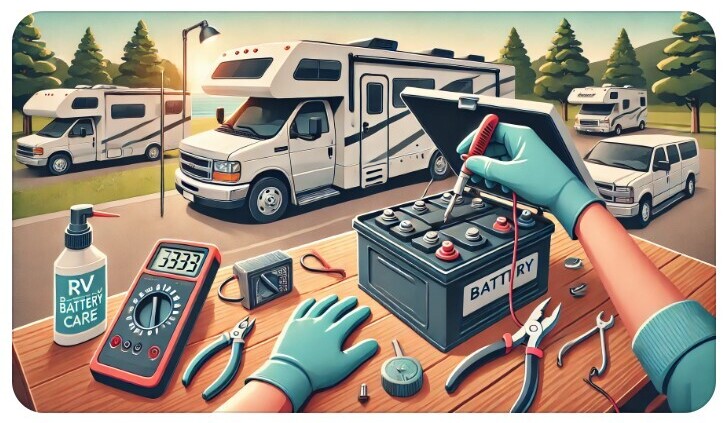
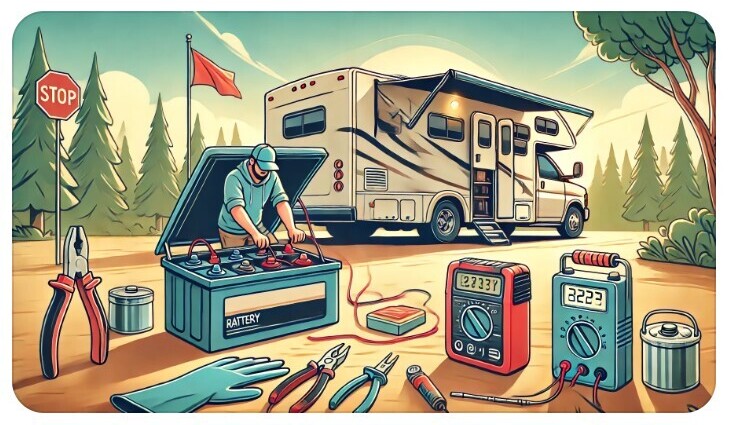
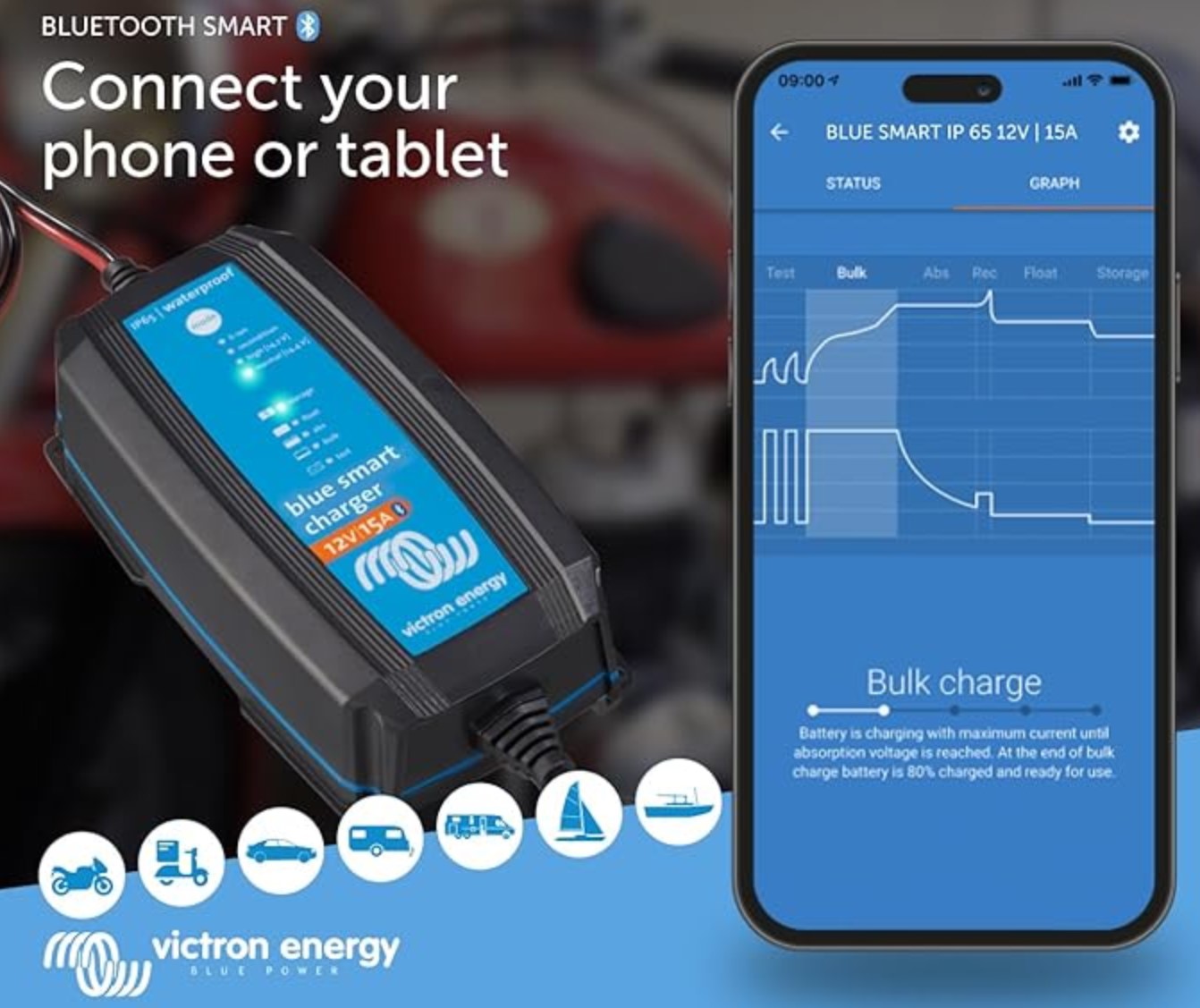


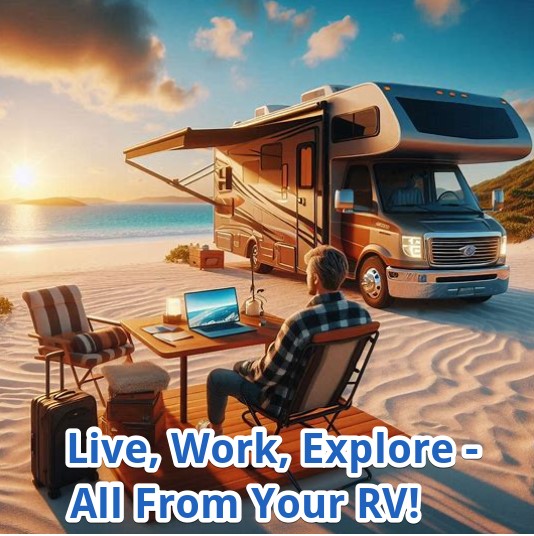
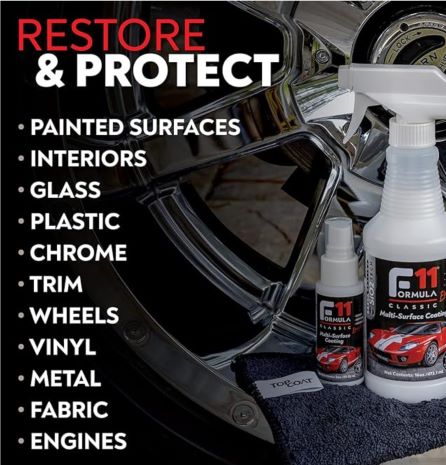




Recent Comments